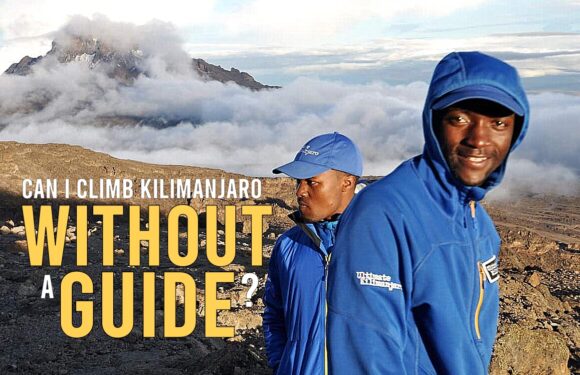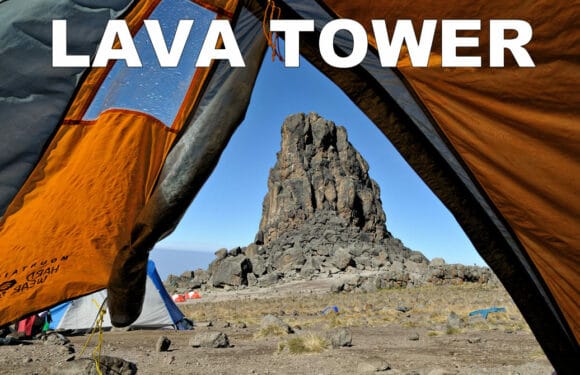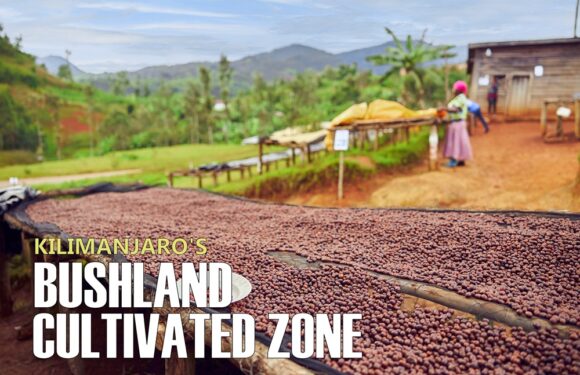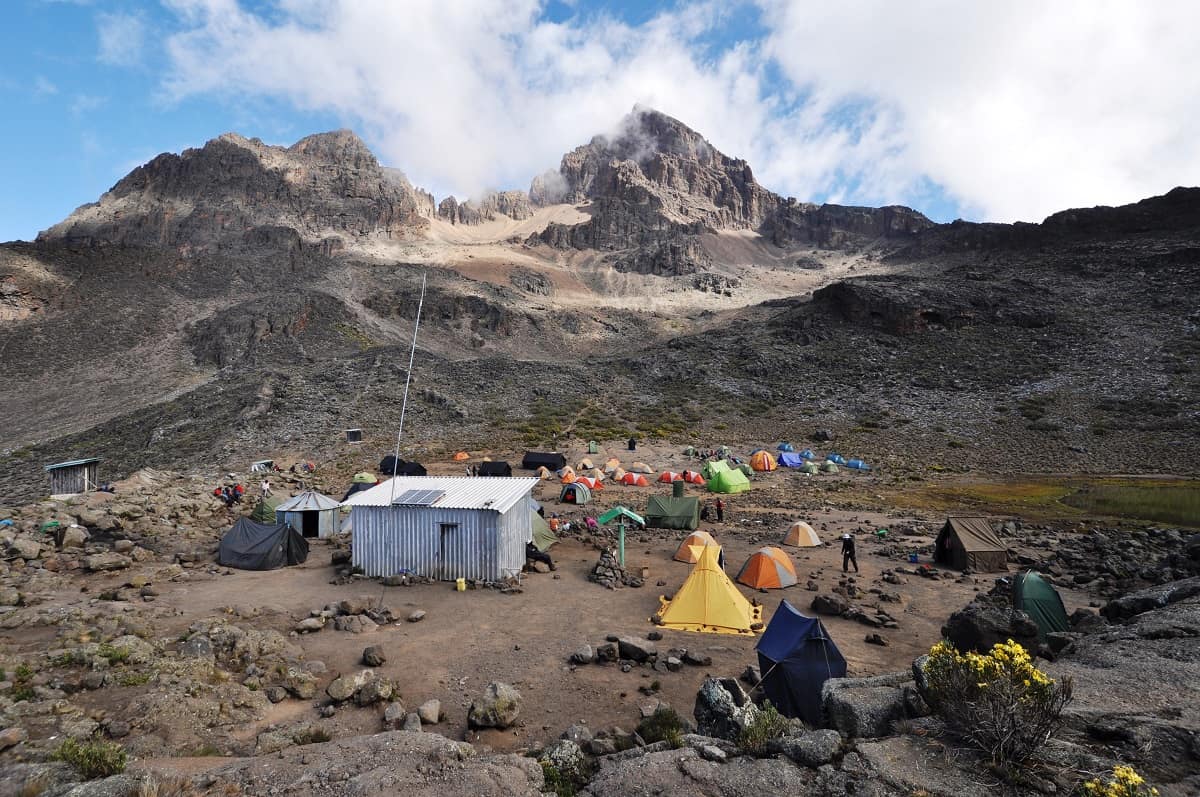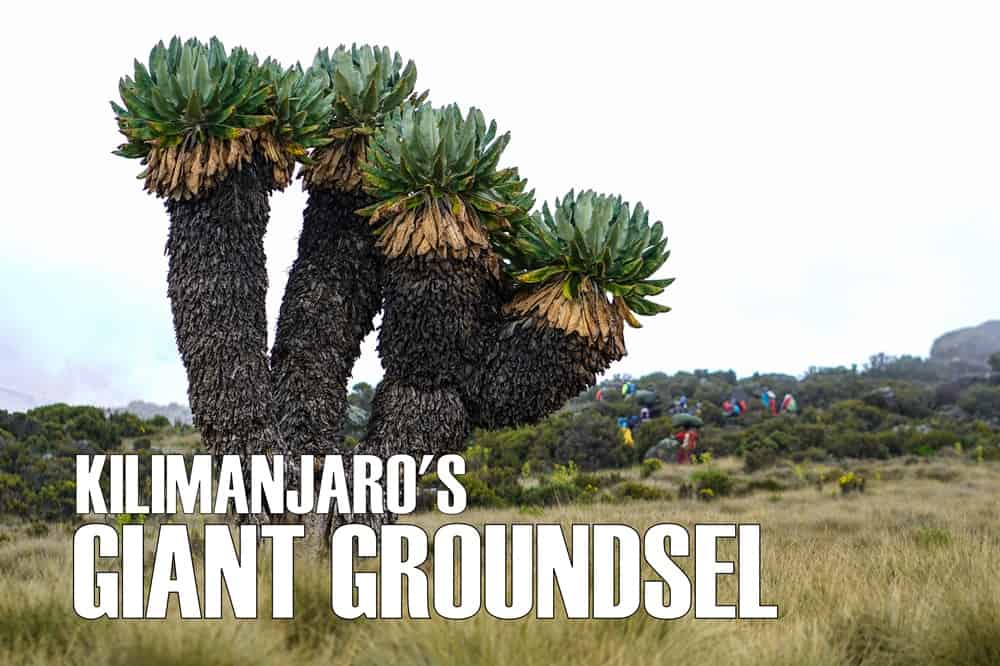
While climbing Mount Kilimanjaro, you will certainly take notice to its beautifull, but strange flora. Among these, a Kilimanjaro tree known as the Giant Groundsel stands tall, both literally and figuratively.
The Giant Groundsel (Dendrosenecio kilimanjari) is a species of the Senecio genus, found predominantly in the alpine zones of Mount Kilimanjaro. This plant is unique for its otherworldly appearance and impressive adaptability.
Understanding the Senecio Genus
To appreciate this plant, one must first understand the Senecio genus. Senecios belonging to the family Asteraceae, which represents one of the most diverse and widespread genera in the plant kingdom. There are over 1,000 species, which include annuals, perennials, shrubs, climbers, and even small trees.

This wide range in form is matched by their equally varied habitats. Their presence spans various habitats worldwide, from the seashores to the mountains. Senecios can be found in regions as distinct as the African savannahs, European meadows, and South American rainforests.
Senecios are quite important to their ecosystems. They serve as important food sources for various insects, including butterflies and bees, which are vital for pollination. Several Senecio species are even used in traditional medicine, known for their therapeutic properties. However, many species contain alkaloids that can be toxic. In some regions, certain Senecio species are considered invasive, posing challenges to native flora and requiring management.
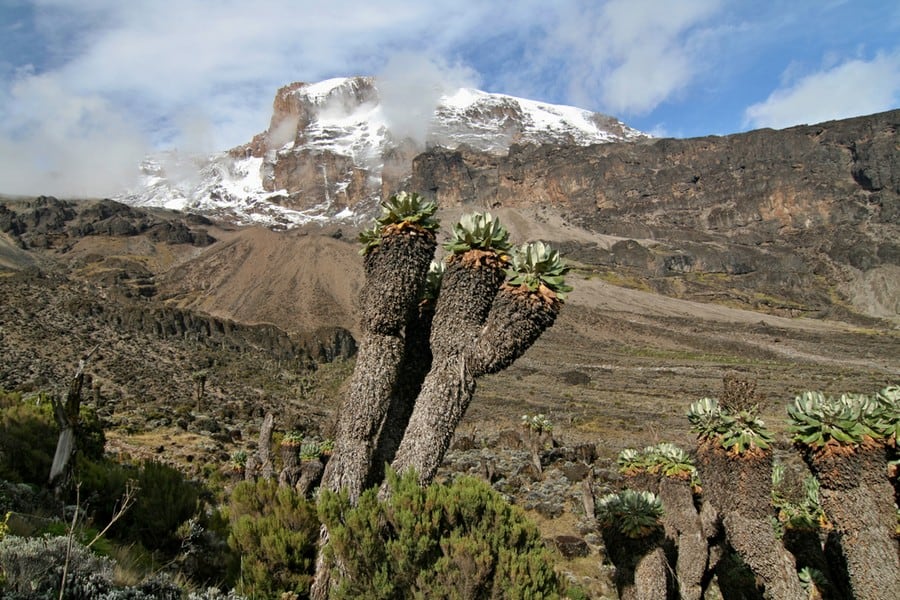
What’s Unique About Kilimanjaro’s Giant Groundsel?
Dendrosenecio kilimanjari offers a fascinating insight into the world of evolutionary biology. It is a large prehistoric plant that appeared about a million years ago, emerging from a common groundsel that found itself on Mount Kilimanjaro. The peak’s isolation and unique conditions created a ‘sky island’ effect, where it evolved into a new species.
This is a classic example of adaptive radiation – the process where organisms diversify rapidly into a multitude of new forms. This happens when a change in the environment makes new resources available, creates new challenges, or opens new environmental niches.
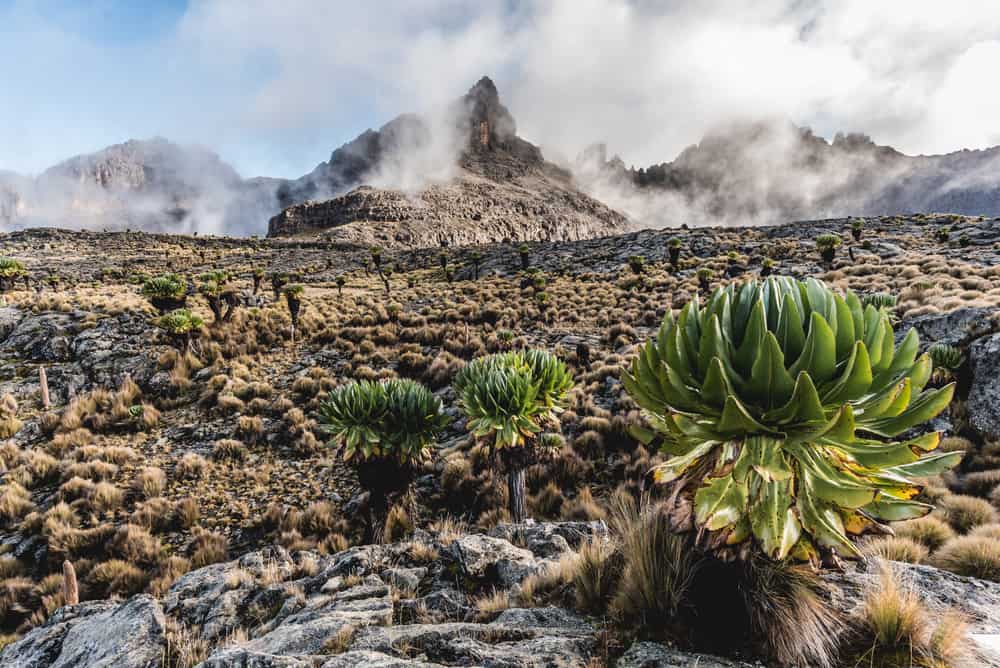
Dendrosenecio kilimanjari are endemic to Mount Kilimanjaro. Various species of Giant Groundsel grow on other mountains in East Africa.
The Giant Groundsel spread from Kilimanjaro to other areas of equatorial East Africa through wind dispersal of its seeds. The plant varies geographically between mountain ranges and altitudinally on a single mountain. There is no consensus between botanists as how different populations should be categorized as species, subspecies, or variety.
- Dendrosenecio adnivalis
- Dendrosenecio battiscombei
- Dendrosenecio brassiciformis
- Dendrosenecio cheranganiensis
- Dendrosenecio elgonensis
- Dendrosenecio erici-rosenii
- Dendrosenecio johnstonii
- Dendrosenecio keniensis
- Dendrosenecio keniodendron
- Dendrosenecio kilimanjari
- Dendrosenecio meruensis
Dendrosenecio can be found on Mount Meru in Tanzania, on Mount Kenya, the Aberdare Range, and Cherangani Hills of Kenya, Mount Elgon on the Uganda/Kenya border, and the Rwenzori Mountains on the Uganda/Democratic Republic of Congo.
Why Does It Look So Alien?
The Giant Groundsel’s physical appearance is striking.
It has a long, stout, woody stem topped with a large rosette of leaves. This unique structure is not just for show, but the result of adaptations to the harsh mountain environment.

These characteristics allow the plant to survive extreme temperature fluctuations and limited moisture.
- Leaf Rosettes – these rosettes form around a large apical bud (the primary growth point at the top of the plant). This ensures that new leaves are protected from the elements. The rosettes not only conserve heat but also minimize exposure to the cold, acting as a natural barrier against freezing temperatures.
- Leaf Movement – the plants leaves in response to decreasing temperatures, a phenomenon known as nyctinastic leaf movement. This behavior reduces the surface area exposed to the cold, minimizing heat loss and protecting the vital parts of the plant.
- Foliage Retention – the withered and dead foliage along the stem is retained, creating a natural insulating layer. This layer protects the stem from extreme temperature fluctuations and freezing conditions.
- Water Storage – the pith (central tissue) of the stem is capable of storing an abundance of water. It acts like a reservoir, storing water during wetter periods and providing a vital resource during drier times.
- Ice-Nucleating Polysaccharide Fluids – these fluids secreted by the plant act as a natural anti-freeze. It lowers the freezing point of water within the plant tissues, preventing internal ice formation and cell damage.
How Tall is the Giant Groundsel?

The plant can reach notable heights given its challenging growing conditions. These Kilimanjaro trees typically grow to heights of up to 20 feet (about 6 meters). The exact height can vary depending on environmental factors such as soil quality, exposure to elements, and specific microclimates within their alpine habitat.
The height of the Giant Groundsel allows it to rise above shorter vegetation to access sunlight and possibly to avoid some of the colder ground-level conditions. This stature makes it one of the most recognizable features of Kilimanjaro’s alpine and subalpine zones.
How Fast Do They Grow?

The Giant Groundsel exhibits a relatively slow growth rate, just 1 to 5 centimeters per year. This slow growth is a common trait among plants in high-altitude environments, where resources like nutrients and water are often limited, and weather conditions can be extreme. The growth rate is a way for the plant to conserve energy and resources.
How Old Are Giant Groundsels?
The Giant Groundsel has a long lifespan. It can live up to 50 years.
How Do They Reproduce?

Dendrosenecio kilimanjari has a distinctive reproductive strategy that aligns with its slow growth and harsh environment. It is monocarpic, meaning it flowers and sets seed only once in its lifetime. Monocarpic plants invest a considerable amount of energy in a single, large reproductive effort, after which they typically die. This occurs usually between 20 and 30 years of age.
The tree’s flowers are yellow, daisy-like, and appear in large clusters. They are designed to attract pollinators, which are essential for the fertilization of the flowers. After pollination, seeds are produced. These seeds are generally dispersed by wind, capable of traveling long distances.
Where Are Giant Groundsels Found on Kilimanjaro?

These amazing plants can be seen on popular climbing routes like Lemosho, Machame, and Marangu, between elevations of 11,500 and 14,800 feet (3,500 and 4,500 meters). The absolute best spot to view them is during the descent into Barranco Valley. It is often shrouded in fog, adding an eerie atmosphere to the spectacle.














































